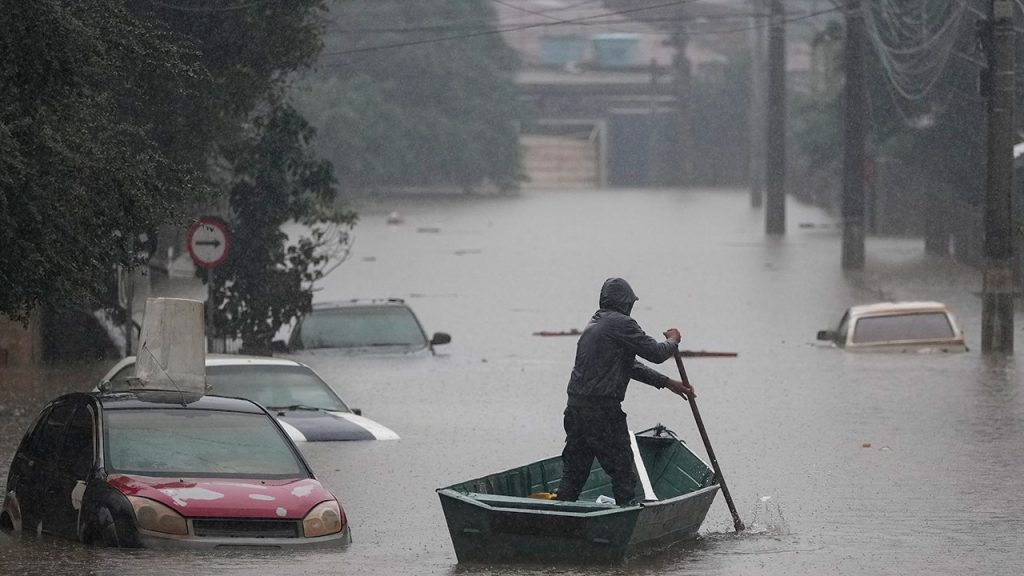Southern Brazil is experiencing severe flooding, resulting in the deaths of at least 161 people and the displacement of over 600,000 individuals. Health authorities are warning of additional fatalities due to waterborne diseases, particularly leptospirosis and hepatitis B. Two deaths from leptospirosis have already been reported in Rio Grande do Sul state, with 29 confirmed cases since the beginning of May. The lack of potable water is causing residents to use contaminated water sources, increasing the risk of infections.
Experts predict a surge in waterborne diseases in the aftermath of the floods, as sewage contaminates the floodwaters. The flooding has damaged critical infrastructure, including over 3,000 health establishments, leading to disruptions in health services. The unprecedented scale of the disaster has left a large exposed population at risk of infectious diseases. Despite the challenges, local health departments are working to offer prophylaxis for infectious diseases and guidance on reducing exposure risks to residents returning home.
The flooding has caused significant disruptions in critical infrastructure, with over 80% of the state’s municipalities affected. The destruction of health establishments, including hospitals and clinics, has further exacerbated the health crisis. Health experts emphasize the need for clean drinking water to prevent the spread of waterborne diseases. The local health department is working to ensure access to medication for patients with chronic diseases, as treatment and care may have been disrupted during the disaster.
The devastation caused by the flooding in southern Brazil has led to a public health crisis, as residents face increased risks of infectious diseases. The influx of sewage into floodwaters has created a breeding ground for bacteria, increasing the likelihood of outbreaks. The large number of displaced individuals and damaged infrastructure have strained health services, leaving residents vulnerable to health risks. Efforts are being made to provide prophylaxis for infectious diseases and guidance on reducing exposure risks to the affected population.
The floods have not only created immediate health concerns but are also likely to have long-term impacts on the health of the affected population. Disruptions in health services, including the discontinuation of treatment for chronic diseases, can have lasting consequences for patients. The local health department is working to ensure that patients with chronic diseases have access to medication and care, despite the challenges posed by the disaster. The scale of the flooding and the subsequent health crisis highlight the need for emergency preparedness and response measures to protect public health during disasters.
The flooding in southern Brazil serves as a stark reminder of the vulnerability of communities to natural disasters and the importance of maintaining health infrastructure in emergency situations. The unprecedented scale of the disaster has overwhelmed health services and created challenges in providing care to affected residents. As the region continues to recover from the floods, efforts are being made to address the immediate health risks and mitigate the long-term impact on public health. The response to the crisis highlights the need for coordinated efforts between government agencies, health authorities, and local communities to protect the health and wellbeing of the population in the face of natural disasters.













